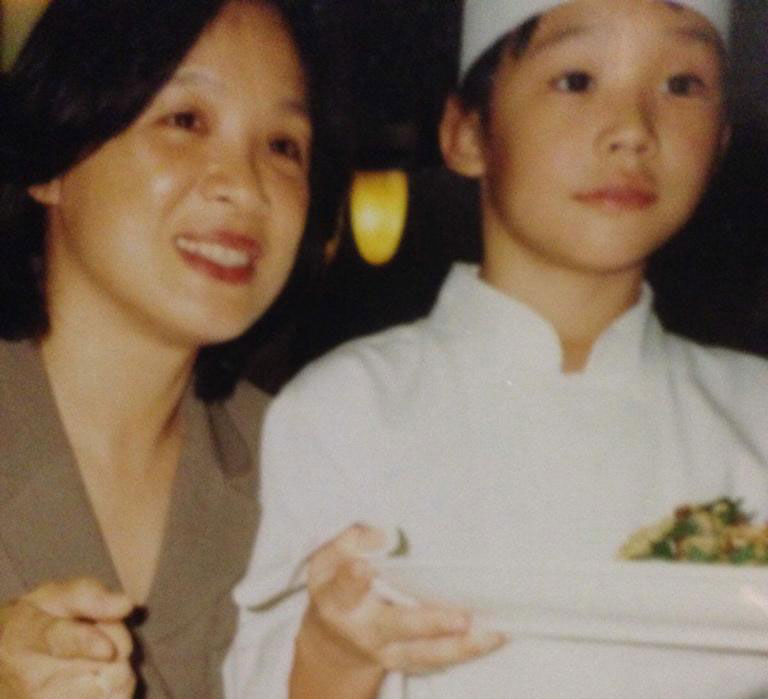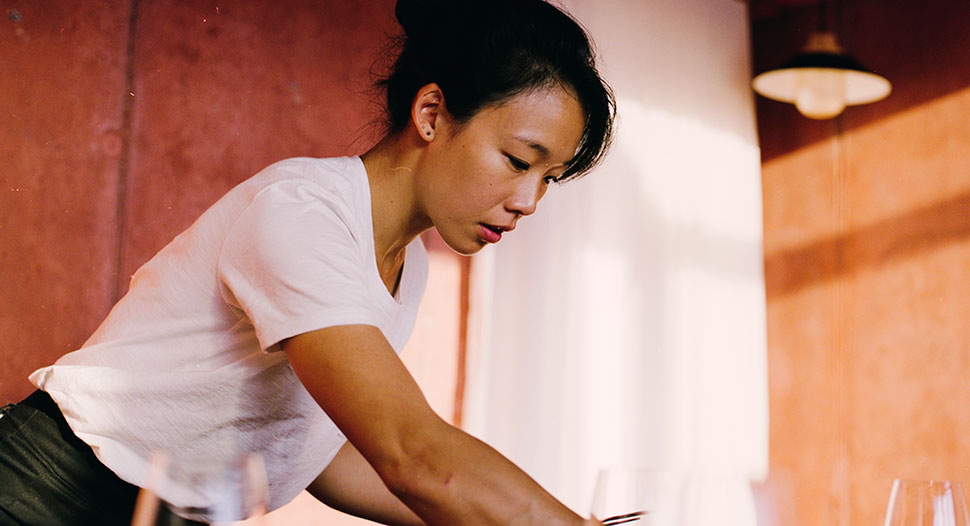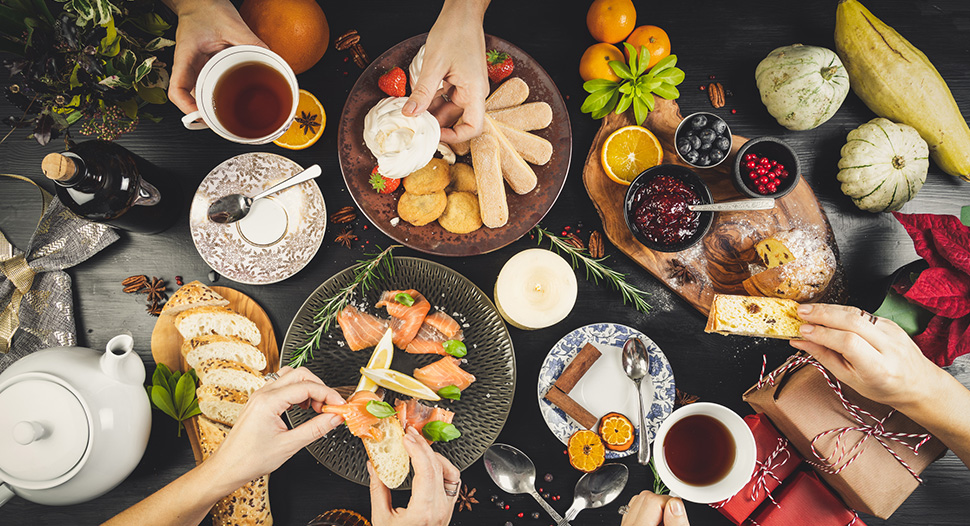Ethel Hoon
Sous chef, Fäviken
Food, family and friends.
From reading Ethel Hoon’s replies on a screen, like a message from a friend, it’s easy to see what she truly values in life. It was an immense pleasure to speak to Ethel, a Singaporean who’s truly carved a name for herself as a sous chef at the two Michelin-starred fine dining restaurant Fäviken. The Le Cordon Bleu Paris graduate is flying the Singaporean flag up high across the globe, especially when she successfully ran the restaurant’s first pop-up “Hoon’s Chinese”.
Ethel talks more on how her childhood influenced her career and like Jereme Leung, who she dedicates a Steamed Egg with Pork and Salted Radish dish in memory of a loved one!

On her childhood
1. Were you always interested in cooking? If not, when did it happen, and what made you decide to take the leap into the culinary and hospitality world?
I have always been fascinated — or obsessed, depending on how you look at it — with food since I was a child. I think it’s connected to how food played such a big part in my family. My family always gathered around food, especially during “Friday family dinners”. Even though my father was the sole breadwinner of my family, he would always make sure that he was present at the table then.
Even all my cousins would be present at Sunday lunches in my grandmother’s homely flat. The spread of scrumptious dishes were always lovingly prepared by my grandmother, too! So I had always grown up with the idea that food is a medium that
brings and bonds people together with many joyful memories.
2. Do you have any fond memories shopping at FairPrice?
Grocery shopping was a special time that I shared with my late mother. She knew that I enjoyed being around food as a child and would always bring me along on grocery shopping trips, whether it’s a supermarket or a wet market. She had a keen eye for choosing the freshest produce and would teach me how to pick the best mango, watermelon and other fruits, as well as seafood!
3. What are some of your fondest food-related memories of Singapore?
My father enjoys spending his weekends at home and that would usually begin with a big breakfast on Saturday. My mother would buy a spread of dishes from the neighbouring hawker centre at Toa Payoh back for him and my sisters — you tiao, pork porridge, laksa, chicken rice, prata, mee siam and mee soto, just to name a few! It was nice when we could all gather for this late breakfast at home on the weekends.
Now that I am living overseas, my dad will make the extra effort when I get to travel home. He always buys all of the dishes and flavours that I miss for my first meal!
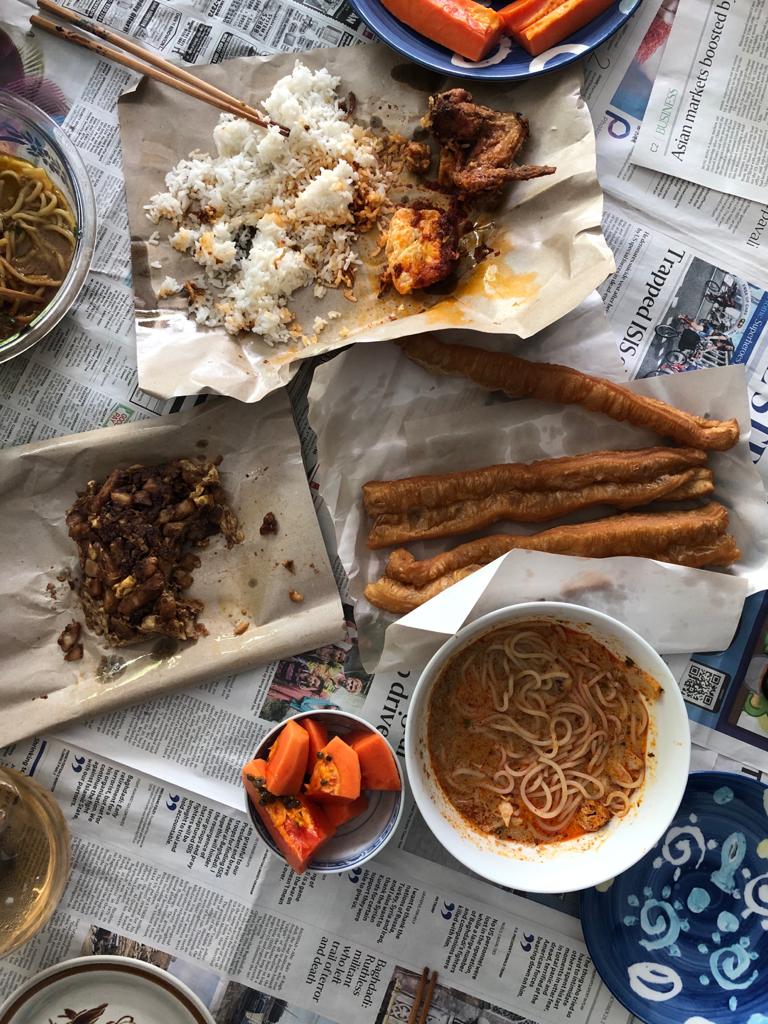
On her career
4. How often do you cook at home? Is your approach in the home and work kitchen different?
We work five days a week and therefore, have all our meals at the restaurant when we work. That being said, we are a small team — either Jakob or I will cook a communal “family” meal for the team. The quality of the produce we use to cook for our guests is the same for our staff. But when we cook at home, Jakob and I generally like to eat lighter meals and have mostly vegetables!
I feel that the main difference when cooking at home and work is that we usually want to feed our team with heartier dishes that fill them up with the energy they need for their shifts. This can mean anything from a broccoli and bean soup with a healthy portion of bread on the side to a potato frittata, healthy ragout pasta or beef pho! A beef pho only happens when we have sufficient meat and bones to whip up its broth as we only order in whole animals for our menu.
5. What have been some of the biggest challenges with ensuring locally-sourced ingredients for Asian dishes?
For my husband Jakob and I, it is very important that we work as sustainably as possible without compromising quality. We try to source directly from local farmers and producers. We believe that one doesn’t have to be dogmatic about a dish or recipe and can still be respectful about the origins, history and concept behind it. At the restaurant, we strive to adapt our dishes to what we can find locally. Our salted fish fried rice, for example, features salted and dried trout. Our kueh pie tee uses vegetables that are in season; for example, kohlrabi (German turnip) and baby carrots in the summer, instead of jicama (Mexican turnip).
However, there are some key flavours in such dishes that simply cannot be substituted.
The ingredients for these dishes are impossible to find such as pandan leaves for nasi lemak or chicken rice or a good belacan for making rempah (spice paste).
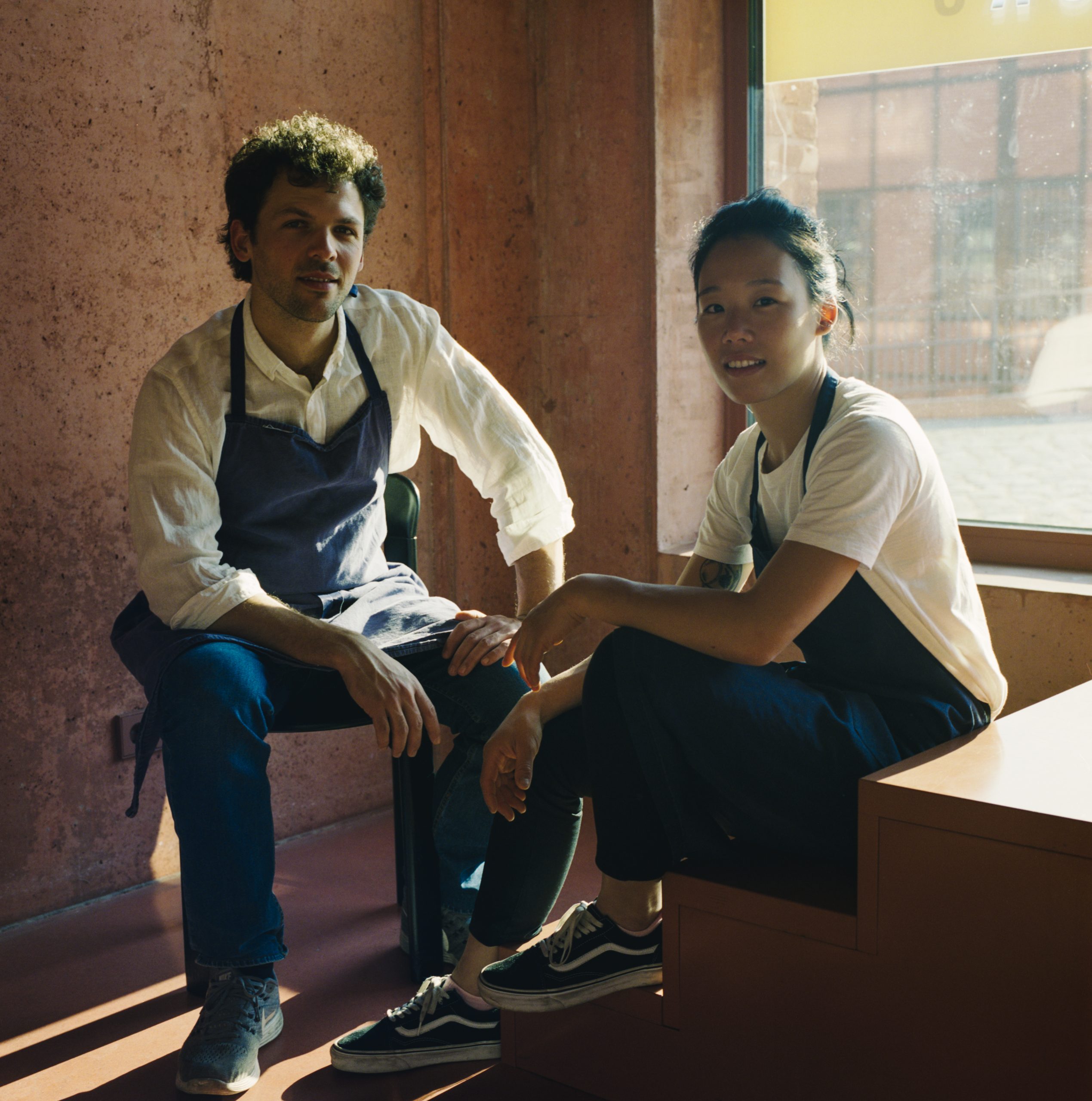
6. Likewise, what are some of the more readily available Swedish or European ingredients that you have been able to find in our FairPrice (e.g. Finest) stores?
FairPrice Finest at Thomson Plaza has a great selection of organic vegetables and salads. There are organic flour options for baking bread as well! When shopping for Swedish or European ingredients, the Culina range at FairPrice Finest has lots to offer from olive oils such as Ardoino (great texture, spicy and fruity flavour) to wines for both cooking, drinking, as well as canned anchovies and tuna (ortiz).
7. What have been some of the more popular dishes at Hoon’s Chinese?
One of the more popular dishes is a steamed king crab doused in a salted egg yolk sauce. I salted the eggs on my own! This dish was inspired by a salted egg yolk crab dish at Keng Eng Kee, one of my favourite eating spots in Singapore. Guests love the rich umami and distinct pop of flavour from the fried curry leaves.
For dessert, our salted gula melaka pie is a favourite. It’s topped with a cream made from malted barley that was inspired by Milo, but less sweet. It comprises pretty mature flavours as it’s not just sweet with added complexity. Gula melaka is such an interesting food and I love how there are such a variety of flavours, caramel and acidic tones in its really deep sweetness because of how it is produced, and I was able to successfully showcase that in this dessert!
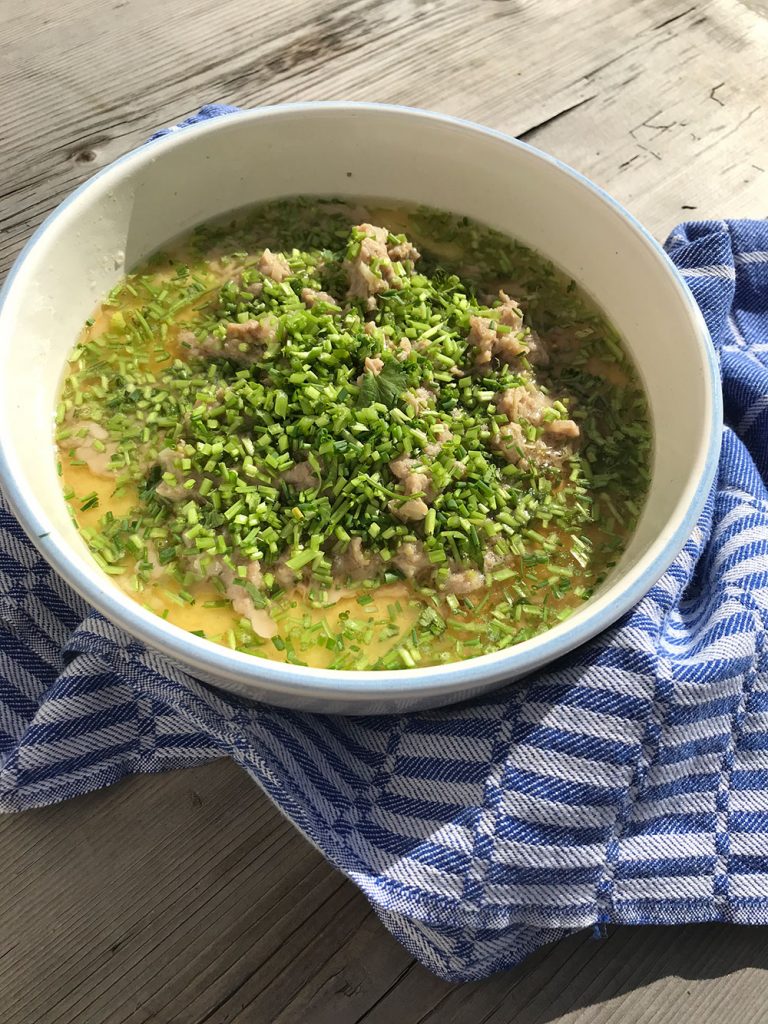
On her chosen dish
8. Is this a dish that you’ve whipped up in your home or work kitchen?
My mother used to make egg tofu with steamed pork and this dish was always something I loved as a child. This is a dish that I have cooked at home and served at the restaurant, although the latter is definitely a more upgraded version! When I cook it for myself, I keep things relatively simple. I marinate the pork in soya sauce and shao tsing and then mix it in with salted radishes before placing it on top of the steamed egg custard. The steamed egg custard cooked in a rich chicken broth is then resteamed to cook the pork together!
The upgraded version served at the restaurant is a steamed soy custard dressed with a mixture of fried oats, spring onion, dried chilli, black beans and olives. It’s a deviation from the “homely” version but still comes from the idea of making our own egg tofu that is unavailable in Europe. Inspired by the butter cereal in cereal prawns, fried oats add crunch and texture; its umami flavours come from the black beans and olives.
9. In three words, how do you feel when you have this dish?
Comfort, nourished, and excited when I get to share this dish with other people at our restaurant pop-ups!
10. If there’s anyone you could dedicate this dish to, who would it be and why?
To my late mother.
She was a strong woman who instilled and nurtured my love for food and cooking, as well as providing for others in the same way. She cooked from the depths of her heart and knew that food was not only a way to fill bellies, but also nourish the body.
